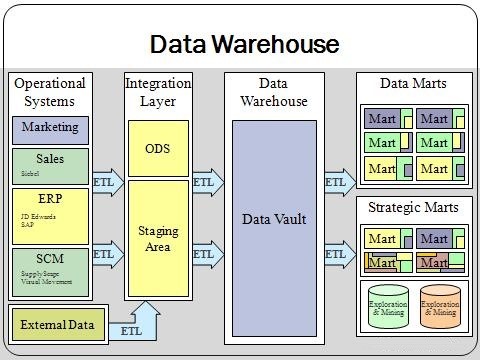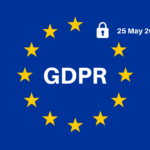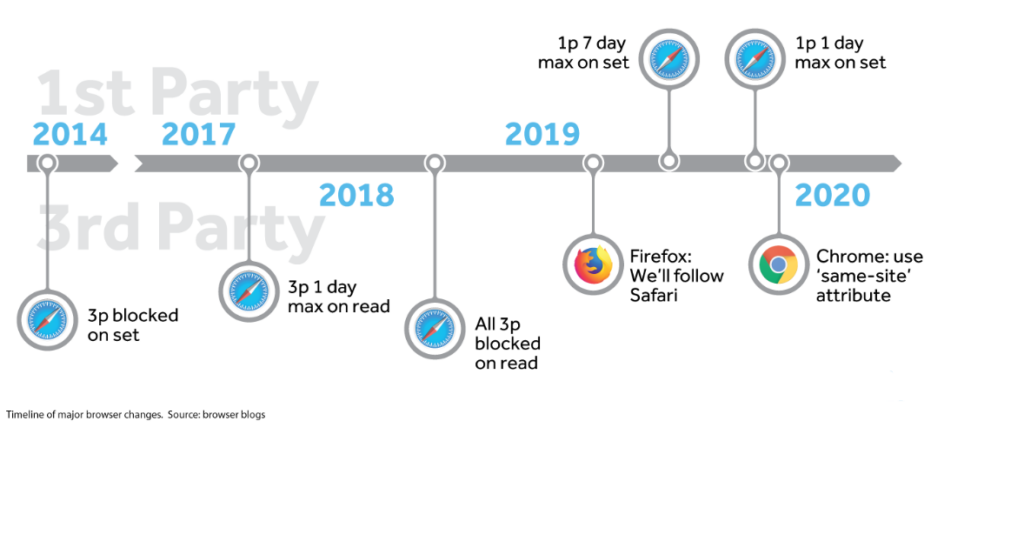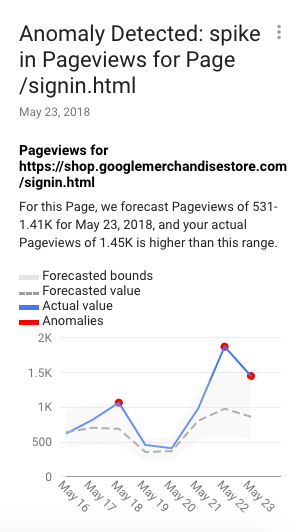Mid-year is always a good time to make a point on major analytics trends that were announced at the beginning of the year. As a reminder, in January, 4 major trends were identified:
- Data Integration
- GDPR
- Data Quality
- Machine Learning & Prediction

1. Data Integration
What is data Integration? We call data integration the trends for centralizing data from different sources in a single place (let’s call it “Data Warehouse”). Actually, this centralization enables to unlock the power of your analytics as you will be able to perform more powerful analysis and to get better insights. However, in the future, thanks to this centralization, you will also be able to use Artificial Intelligence (AI) to make predictions, generate automatic insights, alerts, and so on…
How does it work?
It is easy, let’s think about the different ways you are currently collecting data from your different tools. We can probably mention data you are collecting from your website (using Google Analytics, Adobe Analytics, …), your CRM (Salesforce, Odoo, …), your ads tools (Google Ads, Facebook, LinkedIn, Outbrain,…), your accounting software, your marketing costs (excel ?), supply chain management & stock software… or even maybe from external sources such as APIs (Weather, stock prices …). All those data are probably compartmentalized so that you can hardly link them together.
But let’s imagine what you could do if all those data were connected in a single place… if depending on the weather, you could predict how many sales you will make, anticipate orders to your suppliers to never be out of stock… Imagine if you could know exactly which marketing campaign has brought you a particularly interesting customer so that you could have the exact marketing ROI…
So yes, if all your data were connected, your decision-making process would be still more relevant and efficient than today, deduplicating ROI while automating a large part of your business.

Today, many of our clients are working on data centralization and from what we see, it is only the beginning…
2. GDPR (General Data Protection Regulation)
GDPR has created big concerns for many companies while it has become effective. However, it looks like companies’ concerns have decreased very quickly. On the following graph, we can see the number of searches for GDPR before and after its release date, let’s observe how it dramatically rose and directly fell just after GDPR was released:

Actually, even if GDPR searches have decreased a lot after its release, companies are still very concerned by GDPR when developing a new website or using a pixel to make advertising. The real power of GDPR is that it has created questioning about what companies are doing with people data, how long they are stocking them, and how they could make data collection more transparent.

If we come back to the first trends, we could say that GDPR is a shield for data integration, as companies need to find a way to get explicit consent from the user to use Personal Identifiable Information (PII) data. We should expect more and more questioning about GDPR in the future when integrating and consolidating additional data.
GDPR has also influenced the rise of privacy concerns for browser makers, for example, Safari uses ITP2.1 (and soon ITP2.2) which is blocking most of the cookies after 7 days so that you can’t be retargeted… or even Firefox which is developing technologies preventing tracking codes to be fired (for example Google Analytics but advertisers pixels as well)

The following graph shows what is planned in the future for Safari, Firefox & Chrome:

Collecting data will continue to become more and more complicated in the future…
3. The need for Data Quality
Today, more than any time, people trust data. They trust data from Google Analytics, from Ads platforms, from your employees, etc. and obviously, those data are used, sometimes for automation (i.e. automatic bidding strategies from Google Ads or Facebook (using AI)) or to make decisions.
However, what will happen if something breaks somewhere? For example, what will happen if your developer copies-pastes 2 times the Google Analytics Script?
Let’s imagine…
- From your company / employee’s perspective:
“Waaaah we have two times more users than usual !!”, “Our marketing efforts are finally paying”, “We are becoming a well-known brand guys!”, “We should now find a way to improve conversion rate and we will become billionaire…”

- From your automated tools (using AI), for example: Google Ads
- CPA reached …
- Should increase the diffusion…
- Let’s increase CPC…
- More users…
- More conversions…
- Full budget on this campaign!
Should I describe other impacts? No, I will let you imagine all the other impacts false data could have… That is true that today, the impacts are limited to costs/ marketing performances or bad decisions… But what about tomorrow when your sales will be connected to your supply chain management / stock / order software…
That is why several actors are launching solutions to maintain data quality, we could mention ObservePoint (which has a special partnership with Universem so that you can benefit from interesting discounts if you are one of our clients ?). This kind of solution is constantly checking all pages of your website and ensures there are no anomalies…You can also check that your funnel is working well for example… Possibilities are numerous. Discover more on https://www.observepoint.com/.

![]()
We can easily conclude that data quality has never been so important than today, and it will probably still become more and more essential as the need for data integration will increase during the following months & years.
4. Machine learning and prediction
Google is one of the most advanced companies in term of machine learning, so it is not a surprise that many new applications of machine learning are coming from them.
Let’s take an example in Google Analytics: this software can now detect when there are some anomalies by comparing expected values with the actual one. The software can also provide you with smart insights on the increase of some products sales compared to last week for example:


The final objective of many analytics tools is to enable a user to ask a question, as you would do in an email and to get an immediate answer.
We can see in the following example how Tableau has implemented a similar technology:

Again, we are convinced this technology will continue to be more and more developed in the future.
As you probably already noticed, the future of Analytics is extremely exciting but also very challenging. The work of web analyst is going to radically change tomorrow, fortunately, each innovation is followed by many challenges… So… Web analysts shouldn’t be bored in the future! ?
To learn more about those trends, do not hesitate to visit those websites:
- https://webkit.org/blog/category/privacy/
- https://timoelliott.com/blog/2019/01/top-10-analytics-trends-for-2019.html
- https://searchdatamanagement.techtarget.com/definition/data-quality
Interested to have a talk about what we could do to improve your Web Analytics? Discover our services and contact us for more information!


